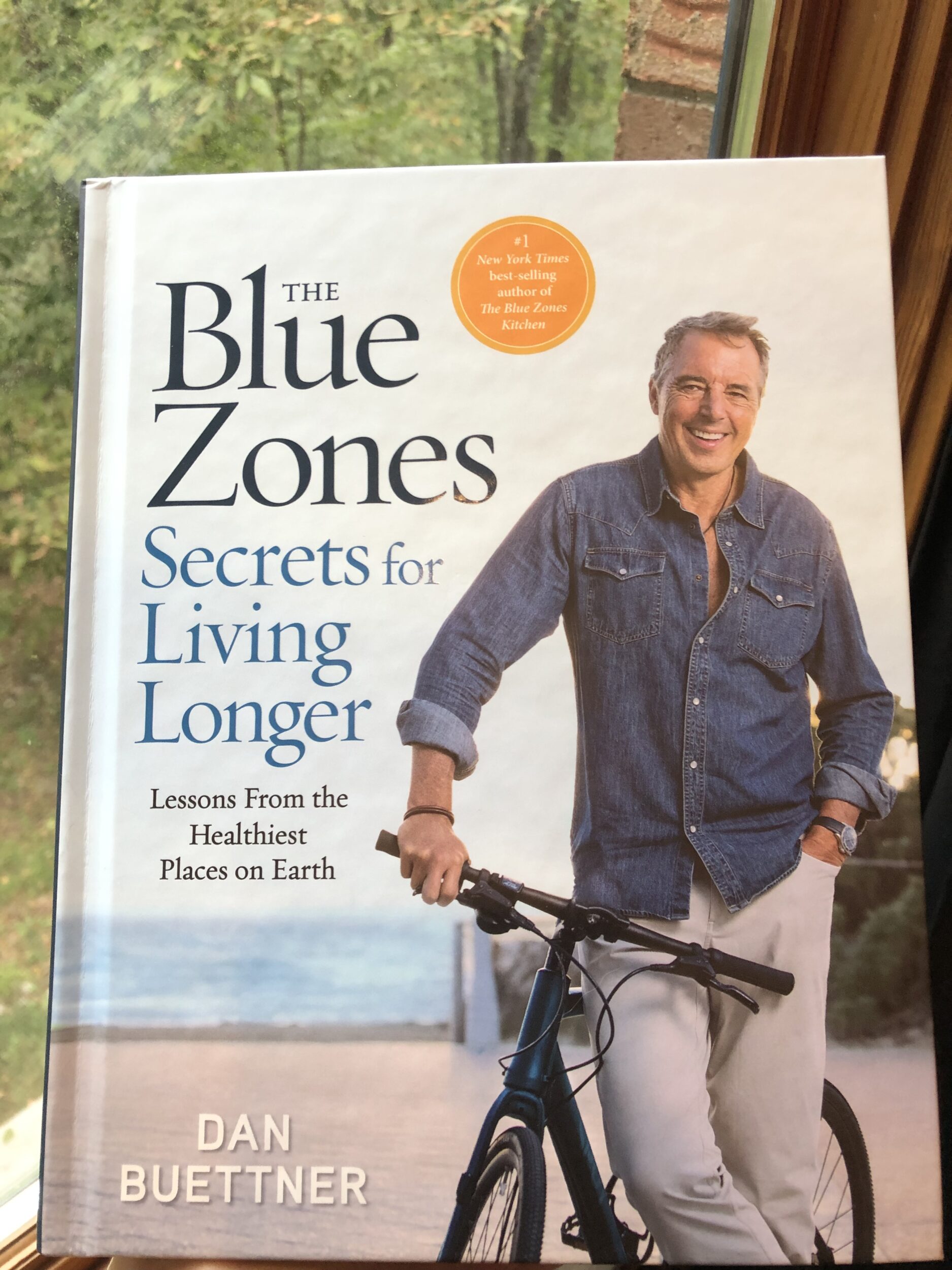Photo by orva studio on Unsplash
I’m delighted to feature this guest post by Laura J. Arul, MD, of L.J.A. Medical Communications.
Twenty years ago, researchers Michel Poulain and Giovanni Mario Pes used a tool called the Extreme Longevity Index, or the number of centenarians (persons aged 100 and older) per 10,000 newborns, to identify a high concentration of centenarians in Sardinia, Italy. This discovery led to the “blue zone” concept. As part of a National Geographic expedition, Dan Buettner and his team built upon this model and identified four more regions with a high concentration of centenarians who lead active lives. These regions are known as the Blue Zones®.
Where are the Blue Zones?
The Blue Zones have been found worldwide and have the largest percentage of centenarians on Earth. The regions originally identified by Buettner and his team are:
- Loma Linda, California, USA: home to a community of Adventists who maintain a vegan diet and observe the Sabbath every week, allowing them complete rest 1 day a week.
- Nicoya, Costa Rica: where a strong sense of purpose is derived from faith and family, and almost no processed foods are consumed.
- Sardinia, Italy: home to the world’s oldest men. In this shepherding community, walking several miles per day is a way of life, and drinking wine daily and eating a plant-based diet is common.
- Ikaria, Greece: daily mid-afternoon naps are part of the lifestyle, and eating a Mediterranean diet rich in fruits, vegetables, beans, whole grains, and olive oil is part of daily life.
- Okinawa, Japan: where you will find the world’s oldest women. Secure social groups called moai consist of 5 individuals created at age 5, who support each other throughout life, and where Hara Hachi Bu is practiced, or only eating until 80% full.
Want to learn more about positive living? Subscribe to Positive Vibes and get your free e-book today!
What can we learn from the Blue Zones?
Despite their diverse cultures and unique geographical settings, Buettner and his research team have identified nine common characteristics of the Blue Zones that promote healthy aging and longevity. Buettner and his team call these features the “Power 9,” as described below.
- “Move naturally.” Moving in your day-to-day life is key to longevity. This is not about going to the gym or long-distance running, but rather making movement part of your day throughout the day.
- “Purpose.” Identifying one’s purpose in life, or the reason for waking up in the morning, can add up to 7 years in life expectancy.
- “Downshift.” Stress reduction practices are common in the Blue Zones. No one in the world is shielded from stress. However, having ways to cope with stress reduces inflammation and, hence, the risk of disease. These practices include praying, napping, remembering ancestors, or socializing over a glass of wine.
- The “80% Rule.” Eating only until you are 80% full, or Hara Hachi Bu, is practiced in Okinawa. In general, the Blue Zone populations tend to eat their lightest meal in the early evening at the latest, allowing them several hours of fasting until they eat the next day.
- “Plant slant.” Meat consumption is much lower in these areas, with meat eaten only about five times a month. Serving sizes of meat are 3-4 oz per portion. Protein primarily comes from plant sources such as lentils, beans and soy. In Loma Linda, they follow a vegan diet altogether.
- “Wine @ 5.” Moderate and regular alcohol consumption of 1-2 glasses of wine per day, consumed during a shared meal, is common in the Blue Zones. They do not consume alcohol on weekend binges, as is done in North America. As an exception, Loma Linda’s Adventists do not drink any alcohol, and it should be noted that not all experts agree with Buettner’s team on this characteristic—for instance, the World Health Organization has warned against any consumption of alcohol due to its dangers to health, and it may be that longevity is observed in spite of wine drinking, not because of it, in people who otherwise lead very healthy lives.
- “Belong.” Almost all centenarians studied in these zones were part of a faith-based community, regardless of denomination. This can add anywhere from 4 to 14 years of life.
- “Loved ones first.” Family is at the forefront of people’s lives in the Blue Zones. Prioritizing the care of their children, caring for aging relatives either in the same home or close by, and maintaining a lifelong partner can improve the lives of all the generations involved and increase life expectancy.
- “Right tribe.” Having strong and supportive social circles, such as the moais in Okinawa, can support healthy behaviors. Being around the right people—those who also follow a healthy lifestyle—can improve your own life expectancy.
The Blue Zones offer a fascinating glimpse into how one can prioritize health and longevity through some simple principles. To learn more, check out the Blue Zones website here.
Note from Dr. Yasmine S. Ali: you can also check out the many Blue Zones books by Dan Buettner. They are all great, and this is one of my favorites:

____________________________________________________________________________________________
Subscribe to Positive Vibes and get your free e-book on positive living today! Because happier hearts are healthier hearts. (TM)
You might also enjoy:

